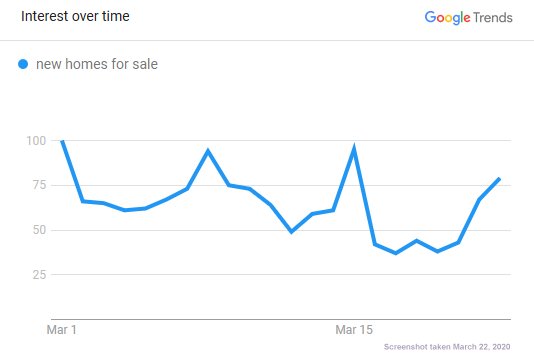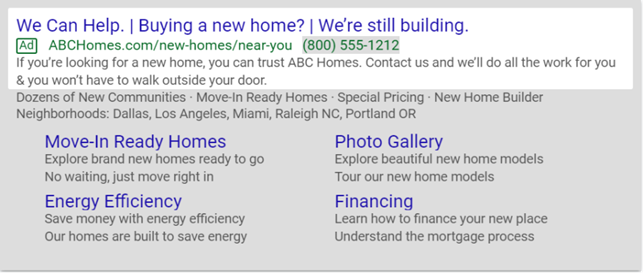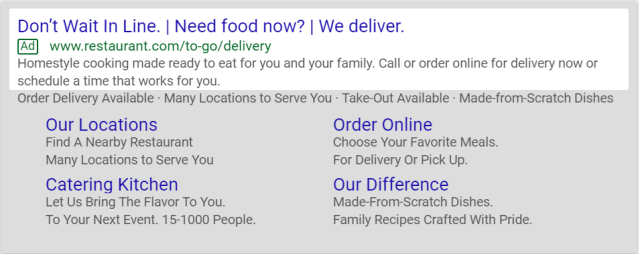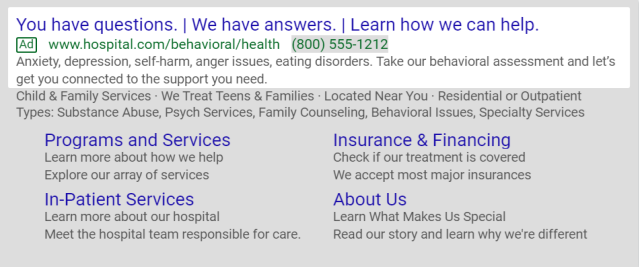The Covid-19 crisis continues to cause disruption and uncertainty for everyone. Brands and businesses of all types are now facing an unprecedented challenge: How to, or even if they should, market to customers and prospects during this crisis.
It certainly is a challenge for marketers because, on the one hand, we want to be sensitive to the unfolding situation. Yet, the reality is that we do also need to continue to drive sales.
As conversion marketers with experience in economic crises, we know that there are many effective ways to simultaneously address the crisis, while also allaying fears and still inspiring consumers to action.
Leveraging Positive Market Circumstances
Many consumers, in a climate of uncertainty, will put major and/or unnecessary purchases on hold. That isn’t to say that all consumers will do so. And those who still plan to purchase, it’s nearly businesses as usual. However, for those consumers who plan to postpone any purchase decisions, it’s a different marketing approach, entirely.
The silver lining in each instance is that the messaging for both audiences contain the same core elements.
■ Responsiveness
■ Integrity
■ Informativity
■ Strength
■ Dependability
■ Trust
■ Availability
These elements, while they appear to simply be words, are powerful psychological framing components. These components can be used in messaging to help address the crisis, while also allaying fears and still inspiring consumers. This is especially true for large purchase items like a new home, new car, or similar big-ticket items.
A good example of such messaging, for homebuilders, could be this: “We are here for you regardless of whether you are a past home buyer or a present one, with a new home in the construction process. For our warranty customers, we are standing by in case you have an issue that needs our attention. Simply reach out to us. If you are a new buyer, with a home in the construction process, rest assured, your project is still moving forward. We are standing by to answer any questions you may have, so please reach out, if needed.”
For the “business as usual audience,” injecting these same core elements into your messaging will help increase consumer confidence in your brand and will ultimately be reflected in your conversions/sales in the short term. In the longer-term, for the consumers who will postpone purchases, these same core elements apply, but now, it’s an extended sales cycle. Extended sales cycles require more prospects in the pipeline, over a longer duration of time. In an informative presentation by Ali Wolf, Chief Economist at Meyers Research, LLC says, “Maintaining a pipeline [of prospects] is critical. When things stabilize, demand will return and [businesses] need to be in a position to capitalize on that demand and not be in catch-up mode.”
Here’s a good reason to keep that pipeline going: A look at trending Google searches in some main sectors definitely indicates that consumers are searching for these things.
Combined with historically low-interest rates, government assistance, sales incentives, and inevitable economic correction, there are significant opportunities to leverage positive market circumstances and create stronger relationships – and subsequent sales – with consumers, during this period.
Operating in Stealth Mode
At a minimum, all businesses can be working on marketing tactics that are more passive. In marketing lingo, these kinds of efforts are known as “pull” tactics.
By “pull” we mean tactics that pull consumers in, rather than by pushing information/messaging at them. Pull tactics includes things like:
■ Organic SEO
■ PPC
■ Social Posts (non-boosted)
Keeping in front of consumers, when they look, is still the essence of successful business, in any climate.
Using the same psychological framing components mentioned earlier, here are some examples of passive, non-invasive PPC ads that speak to consumers who are shopping:
With the exception of PPC and Social Posts, the organic efforts, by their very nature, take longer to deliver outcomes. The highly prized search engine rank positioning (SERP) of organic results is going to become even more important for businesses, as more traffic goes online. By that same token, PPC ad clicks and Social Posts will garner more eyeballs because consumers have more time online. That translates to more research by consumers, over a longer period of time, across more channels.
Moving marketing dollars away from analog push advertising and marketing tactics (like billboards, radio, TV and print media) to digital pull tactics is typical. Having your passive customer touchpoints optimized now allows you to spend more time managing the increased importance of individual relationships and overall outcomes. This holds true for eCommerce, B2b and B2C brands.
Grabbing Market Share from Your Competitor
Many businesses will erroneously decide to pull back on all marketing and advertising, and this is to the advantage of those who don’t. The term Carpe Diem was never more applicable than for the businesses that move on these opportunities now.
Just like operating in Stealth Mode, above, the same basic channels are applicable when Grabbing Market Share.
Of course, this requires resources. One way of fueling this process is to do an assessment of your return-on-advertising-spend (ROAS), by channel. Then, it’s easy to determine where you can focus resources for the best return. You may find that organic search and PPC are delivering your best ROAS and that is where you could concentrate your resources. When reviewing ROAS, you may decide to pull back on Social Posts and instead do a timely, informative and inspiring Email Campaign.
While some businesses are paring back on their marketing, others are accelerating their efforts across channels. They are building awareness and brand affinity with new and existing consumers. Helping educate, inform and inspire – and creating brand champions and evangelists in the process. It will be these businesses, now and in the future, that will be in the best position to capitalize on any instances in economic stability and consumer spending confidence.
Strategic Partnering
Markets like today are ripe for consolidation and strategic partnering can shortcut the process of grabbing market share.
Knowing the core competencies of your business and identifying complementary horizontal, vertical and even supply chain partners can create economies of scale and provide consumers with a full suite of services.
Referring entities, lead sources, and 3rd party providers are all potential network arrangements that are worth exploring further. Healthcare, education, nonprofit and government-related business are in prime positions to take advantage of strategic partnering possibilities.
Having bullet-proof metrics, a solid client base and a top-notch team all add worth to any potential partnerships. So, certainly knowing what your ROAS is and what interim crisis plans you have will make your business all-the-more valuable when considering potential partnerships.
The fact of the matter is that consumer spending comprises nearly 70% of GDP. If consumers aren’t spending, our economy will continue to suffer. Therefore, we must effectively address the crisis, minimize fears, and still inspire consumers. It’s up to us as marketers, and business owners and operators, to change the conversation from crisis to confidence and begin to focus our collective efforts on becoming whole, again.
Working together has never been so important, as it now is.
Let’s have a pro bono chat today and determine ways to leverage positive market circumstances, operate in stealth mode, grab more market share, or partner strategically.






